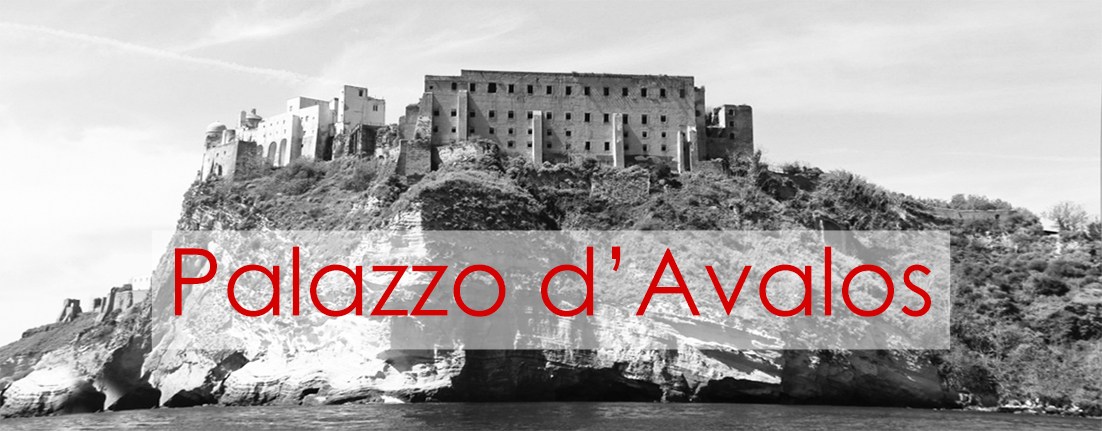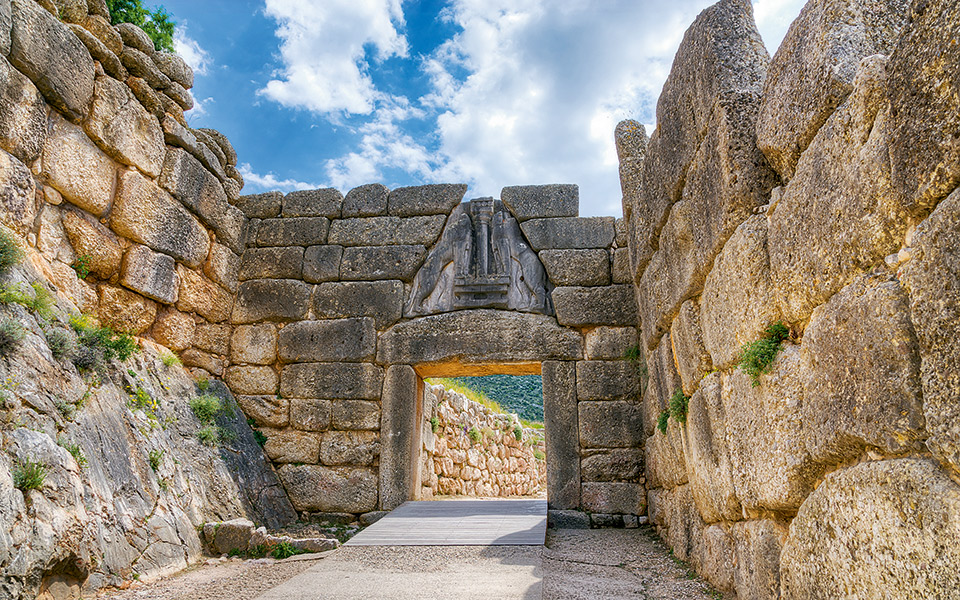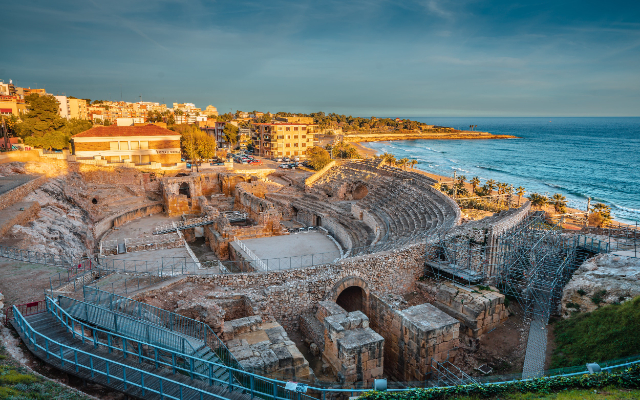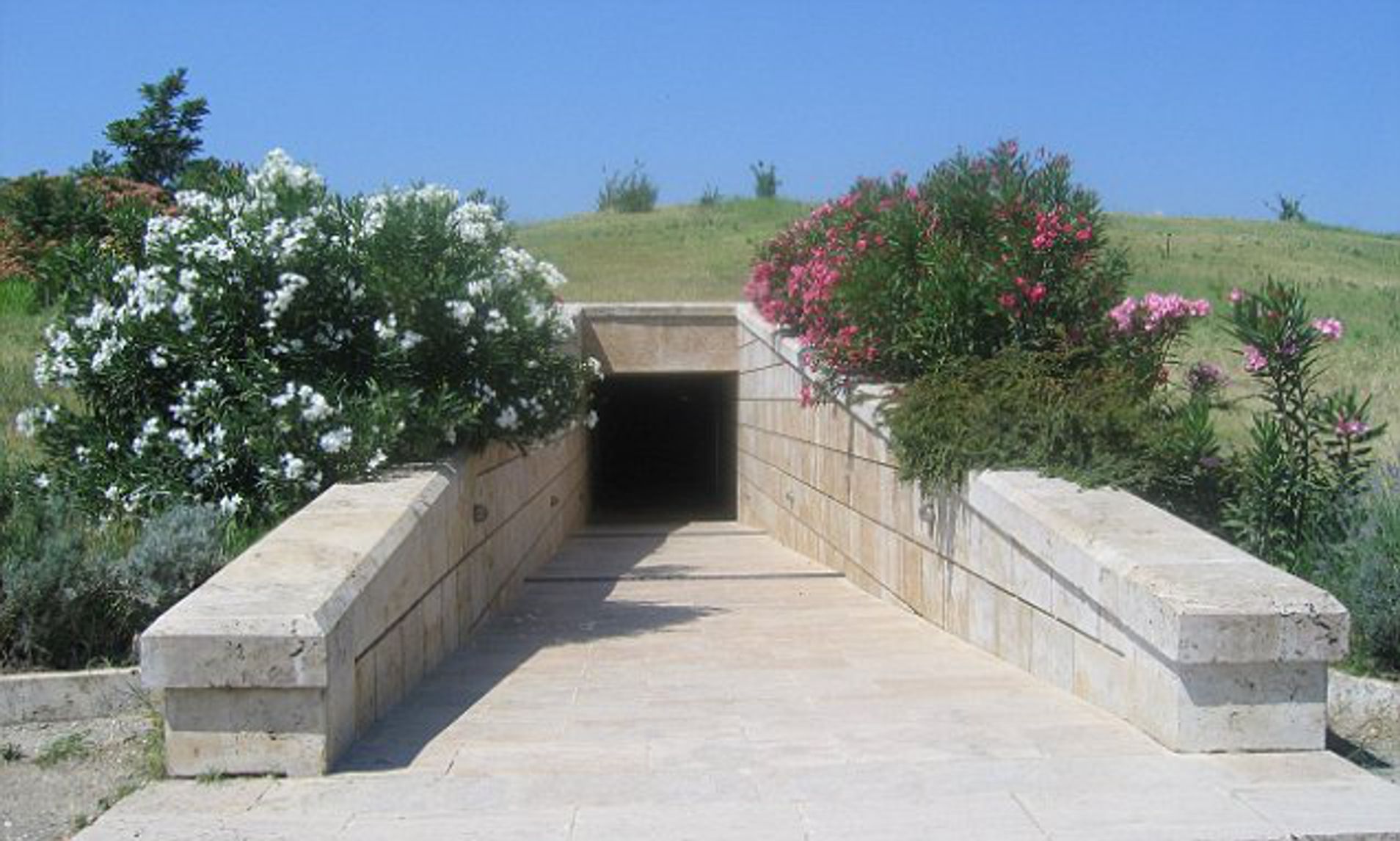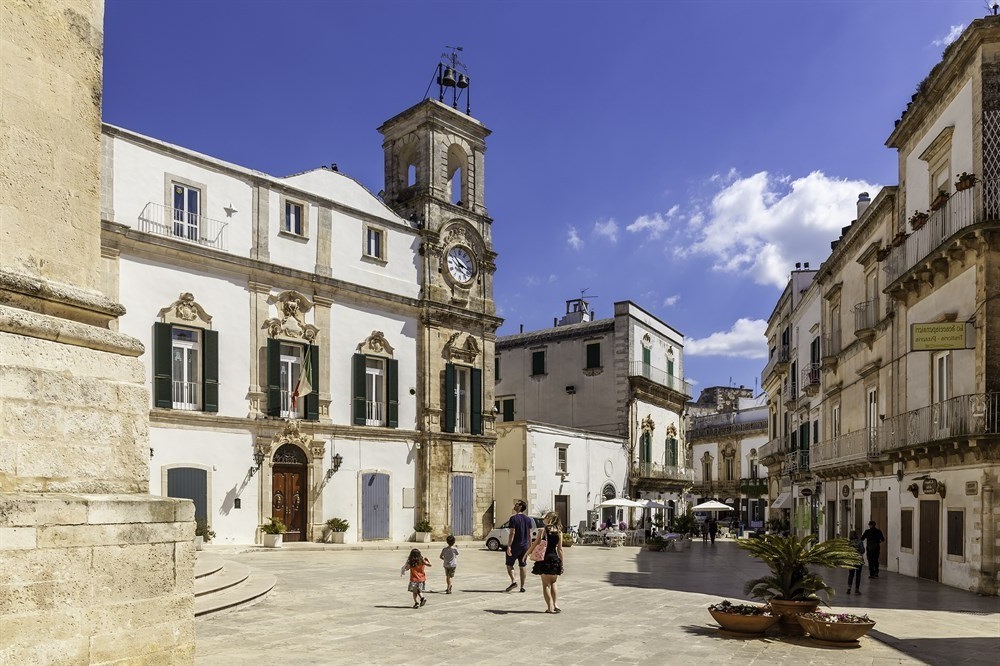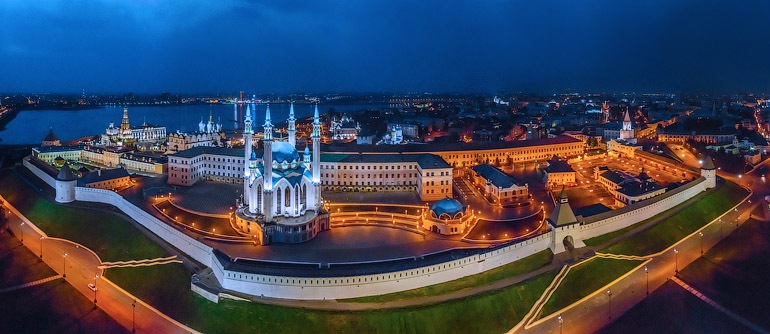The Former Prison of the Island of Procida is a large, majestic building overlooking the sea; it was part of the 16th century urban renewal project and designed by the Architects Cavagna and Tortelli at the end of the sixteenth century on commission from Cardinal Innico D’Avalos. Cardinal D’Avalos together with the construction of this palace ordered thus the realization of the actual entrance to the burg of Terra Murata, which was reachable only through the “Donkey Beach” soon after the Lingua tip ( Lingua means “tongue” in English ) until that time indeed. It was thanks to this connection that the island started to experience its urban development following the birth of the settlement of Corricella’s burg, as well as the realization of the Convent of Santa Margherita Nuova and the actual architecture of the Abbey of St Micheal. Since 1734 the Royal Palace was confiscated by the reigning Bourbons, who set in that way the first Royal hunting place in the Island of Procida, and which became the royal hunting lodge both for King Charles III and particularly for King Ferdinand IV, before the construction of the Royal Palace of Capodimonte and Caserta. In 1815 after being the Bourbon Royal Palace, considered one of the twenty-two allodial estates of the Crown, this monumental building changed his destination into a military Academy. After that in 1830 it was converted into a prison with further enlargements, from 1840 with the new penitentiary function until the Italian unification with its role of Italian State high security prison. Following the downfall of the Italian Social Republic, commonly known as the Republic of Salò, between ‘45 and ’50 and particularly until Togliatti amnesty, the prison of the Island of Procida kept all the fascism nomenclature heads, from Graziani to Teruzzi, to Cassinelli, to Julio Valerio Borghese too. The monumental building consists of Palazzo D’Avalos, the courtyard, the guards’ barrack, the building of single prison cells, the Veterans building, the Medical Center, the Director’s house and the rural estate known as “ Spianata “ ( in English means “flat space”) of about 18.000 square meters. So a unique, monumental, suggestive complex under the name of Palazzo D’Avalos that raises also the value of the political, military and urban history of the island, beyond its artistic and historical interest which is particularly important due to its peculiar signs that prove the belonging to the story of the Renaissance architecture. The fact that the Royal Palace was renovated by King Charles III of Bourbons, a valid politician who restructured the palace according to the higher standards of beauty, (besides he encouraged the construction of the Royal Palace of Portici, Capodimonte and Caserta as well) is in conflict with the idea of the place of punishment which the complex was transformed into later on. However nowadays, visiting these places leaves you several feelings: it is a unique, wonderful place, it’s a place of the Soul, where you can still experience an intense emotional impact. The former prison in fact still treasures everything there, worn out and stopped by the time objects, standing among the cells and renaissance lobbies: the old uniforms, the shoes on the dusty floor, the rusty cots, the cotton bales that were worked in the factory, and even the surgical bed. All of this and more is still there, unchanged and under the never deteriorated beauty of the renaissance vaults and stripped capitals. In 1978 the old prison (Palazzo D’Avalos ) was closed and consequently in 1988 also the new prison building was completely left abandoned.
